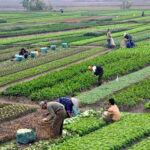Sustainable agriculture is a method of farming that focuses on producing long-term crops and livestock without compromising the ability of current or future generations to meet their needs.
The importance of sustainable agriculture lies in its potential to provide food security, preserve biodiversity, and reduce the agricultural sector’s impact on climate change.
Addressing these issues is crucial for ensuring a resilient and productive agricultural future.
1. Climate Change
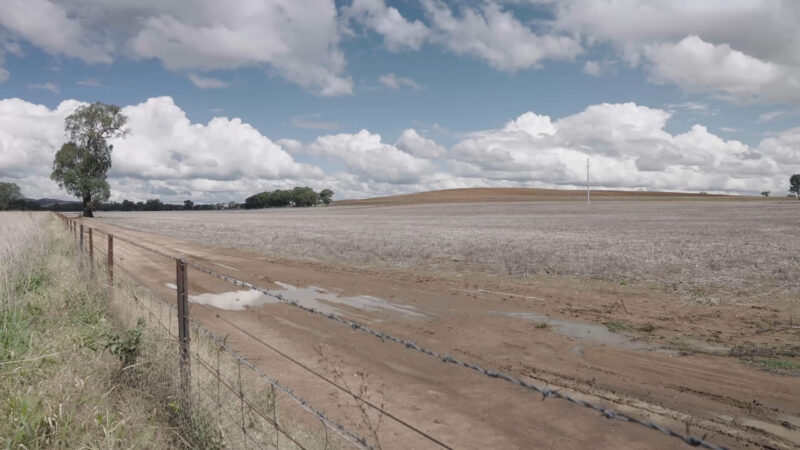
Climate change poses a significant threat to sustainable agriculture.
Changing weather patterns, including increased temperatures, altered precipitation cycles, and more frequent extreme weather events, directly impact crop yields and soil health.
For instance, prolonged droughts can lead to reduced water availability, making it difficult for crops to thrive, while intense storms can cause soil erosion and damage to farmland.
These changes necessitate the development of climate-resilient farming practices, such as drought-tolerant crop varieties and improved water management systems.
Moreover, agriculture itself is a major contributor to climate change, accounting for nearly one-third of global greenhouse gas emissions.
These emissions come from various sources, including:
- Livestock digestion
- Rice production
- The use of synthetic fertilizers
Reducing the agricultural sector’s carbon footprint is essential for mitigating climate change.
Adaptation to climate change is also critical. Farmers need support in implementing sustainable practices and policies that enhance their resilience to climatic changes.
Policymakers must prioritize the creation of frameworks that support these adaptations to safeguard the future of agriculture.
2. Insufficient Agricultural Land
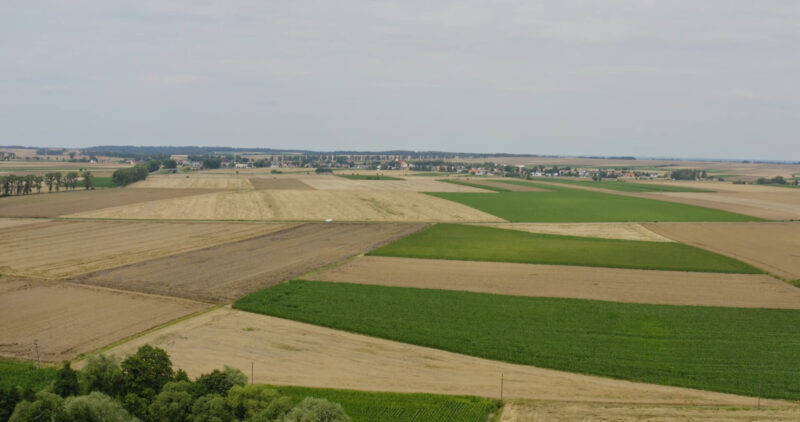
The availability of agricultural land is a growing concern for sustainable agriculture.
Extensive land conversion, monocropping, and intensive tilling practices have led to significant land degradation.
These activities cause soil erosion, desertification, and salinization, reducing the productivity of agricultural land.
As a result, there is a decline in the availability of arable land, which puts pressure on existing farmland to produce enough food for a growing population.
Urbanization further exacerbates the problem by encroaching on agricultural land.
Prime farmland is often converted into urban areas, diminishing the space available for farming.
To combat these challenges, sustainable agriculture practices must focus on land conservation and rehabilitation.
Techniques such as agroforestry, conservation tillage, and crop rotation can help restore soil health and prevent further degradation.
Efforts to address land degradation must also include rethinking land use planning and promoting sustainable land management practices.
3. Fragmented and Unproductive Farming Systems
Many agricultural systems around the world are fragmented and unproductive.
Smallholder farms, which are often subsistence-based, tend to have low-intensity production systems that do not maximize their potential.
Public expenditure on agriculture often fails to address these issues effectively.
Agricultural subsidies may not reach the farmers who need them most, and there is a lack of investment in climate-smart agriculture and innovation.
Digitalization offers a potential solution to these problems.
By providing farmers with access to digital advisory systems, they can receive real-time information on weather, pests, and best practices for sustainable farming.
These systems can help farmers make informed decisions that enhance their productivity and resilience to climate change.
To address the challenges of fragmented and unproductive farming systems, it is essential to invest in infrastructure, education, and technology.
Strengthening agricultural extension services, promoting cooperative farming models, and increasing access to financial resources can help smallholder farmers improve their productivity and sustainability.
4. Growing Population and Food Security
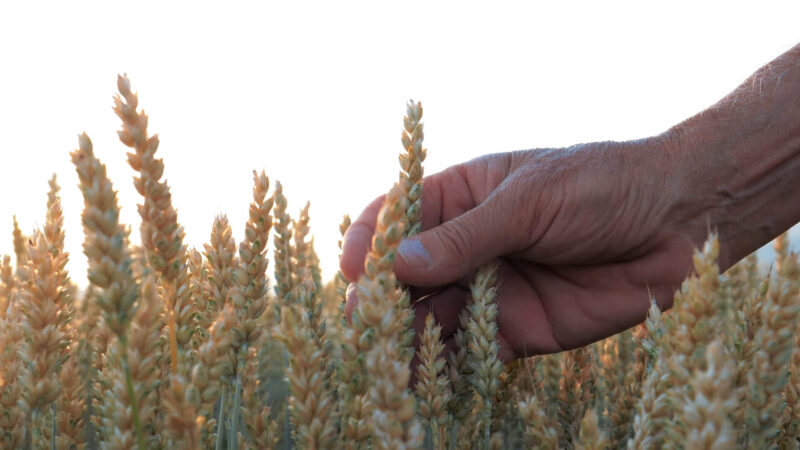
The global population is projected to reach 9.7 billion by 2050, significantly increasing the demand for food.
Population growth presents a major challenge for sustainable agriculture, as it requires a substantial increase in food production while maintaining environmental sustainability.
Meeting this demand without depleting natural resources is a complex task.
Food insecurity remains a pressing issue, with millions of people worldwide suffering from hunger and malnutrition.
There are three main factors that contribute to this problem:
- The unequal distribution of food
- Economic disparities
- Inadequate infrastructure
Ensuring food security involves not only increasing food production but also improving food distribution systems and making food accessible to all.
The growing population also puts immense pressure on water and arable land resources. Water scarcity is already a critical issue in many regions, and agriculture is one of the largest consumers of freshwater.
Efficient water management practices, such as drip irrigation and rainwater harvesting, are essential to ensure that water resources are used sustainably.
To address the challenges of population growth and food security, sustainable agriculture must adopt innovative practices that increase productivity while preserving natural resources.
5. Biodiversity Loss
Biodiversity is essential for resilient and sustainable agricultural systems. However, modern agricultural practices, like pesticides, have led to significant genetic erosion, reducing the diversity of plant and animal species.
The widespread use of monocropping and the focus on high-yield crop varieties have contributed to the loss of traditional crop species and local breeds of livestock.
The loss of biodiversity also negatively impacts ecosystems. Soil health, pollinators, and overall ecosystem stability are compromised when biodiversity is reduced.
Healthy soils are crucial for nutrient cycling and water retention, while pollinators play a vital role in the reproduction of many crops.
The decline of these essential ecosystem services can lead to decreased agricultural productivity and sustainability.
Preserving and promoting biodiversity is crucial for ensuring resilient agricultural systems. Practices such as crop rotation, intercropping, and the conservation of wild relatives of domesticated species can enhance biodiversity on farms.
6. Low Investment in Agriculture
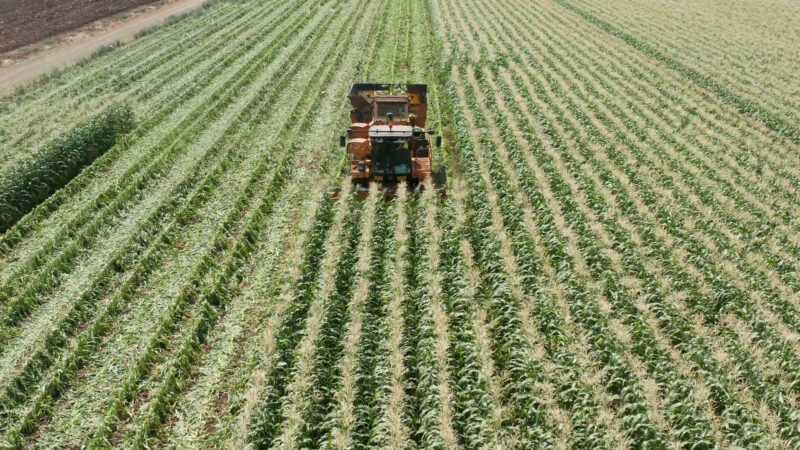
Agriculture is a crucial sector for employment, food security, and economic development.
Despite its importance, there is a significant gap in investment in sustainable farming practices and infrastructure.
The lack of investment hampers the adoption of innovative technologies and practices that could improve the productivity and sustainability of agriculture.
Investment gaps are evident in areas such as research and development, infrastructure, and education.
Without sufficient funding, farmers struggle to access the resources and knowledge they need to implement sustainable practices.
To bridge these investment gaps, it is essential to scale up practices such as regenerative agriculture, vertical farming, and hydroponics.
Regenerative agriculture focuses on improving soil health and ecosystem services, while vertical farming and hydroponics offer solutions for producing food in urban environments and areas with limited arable land.




